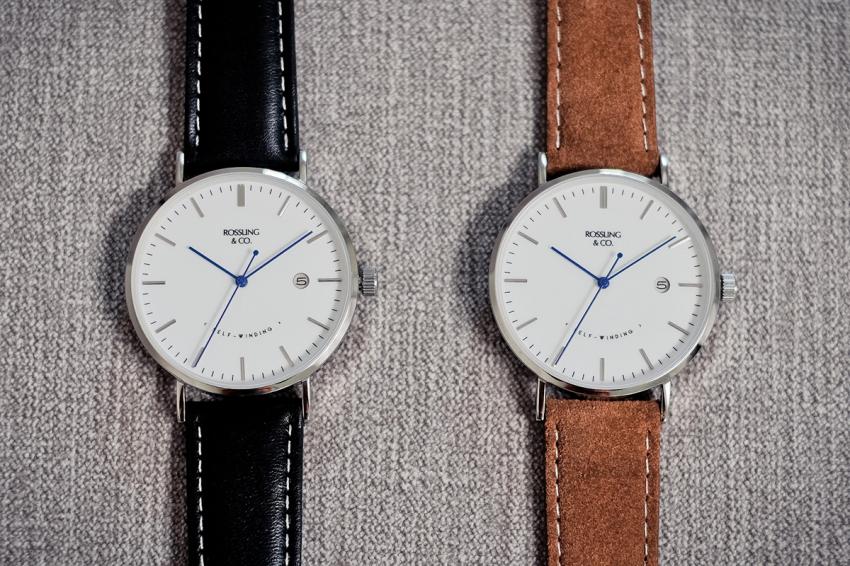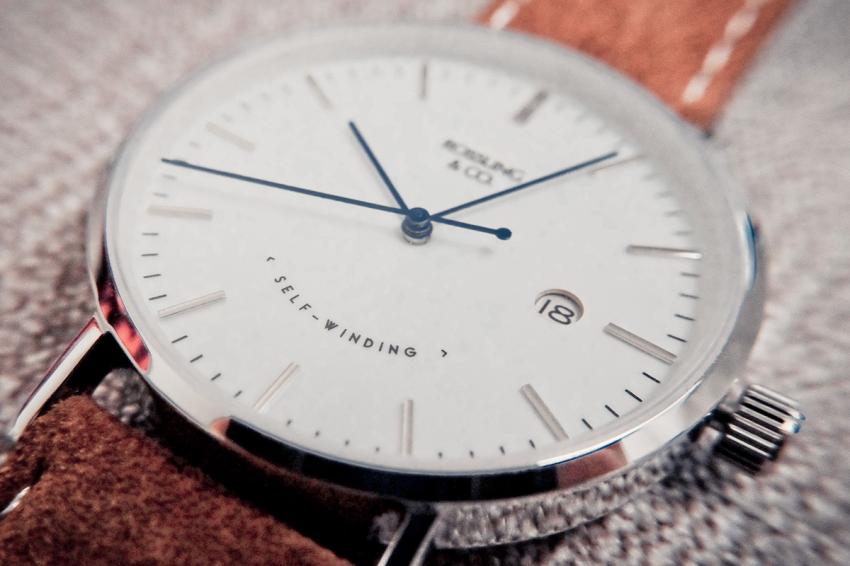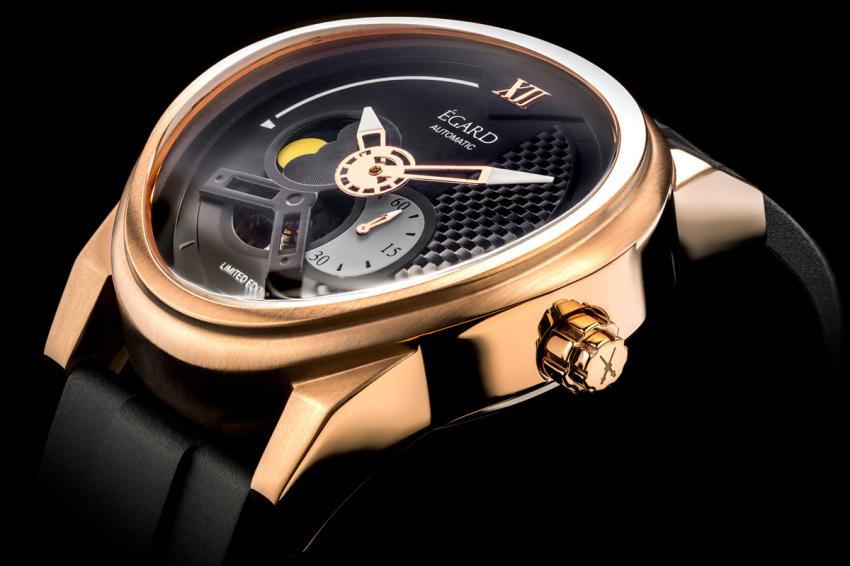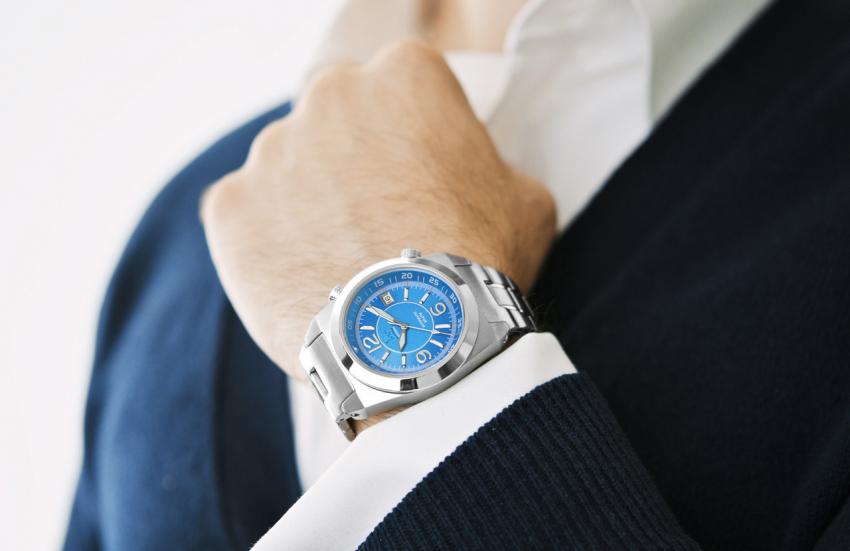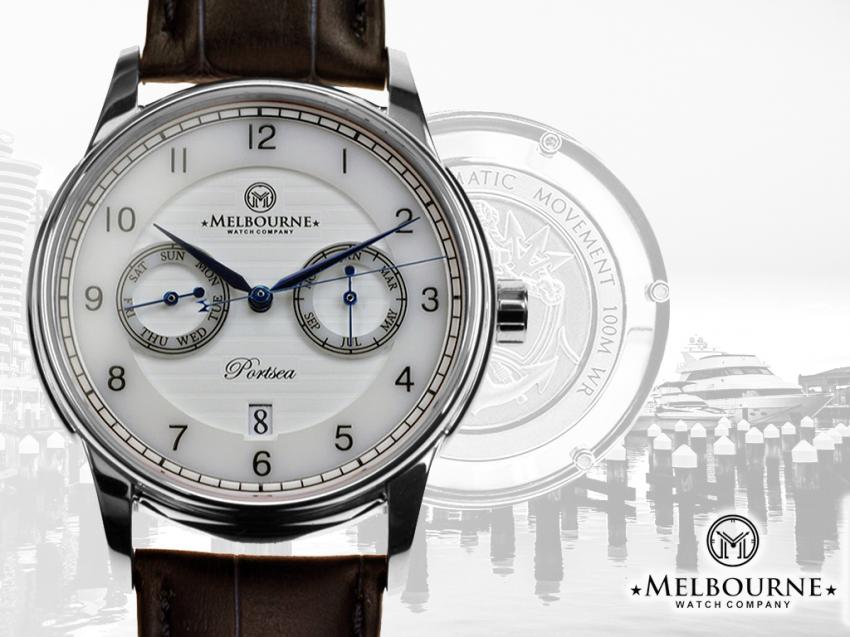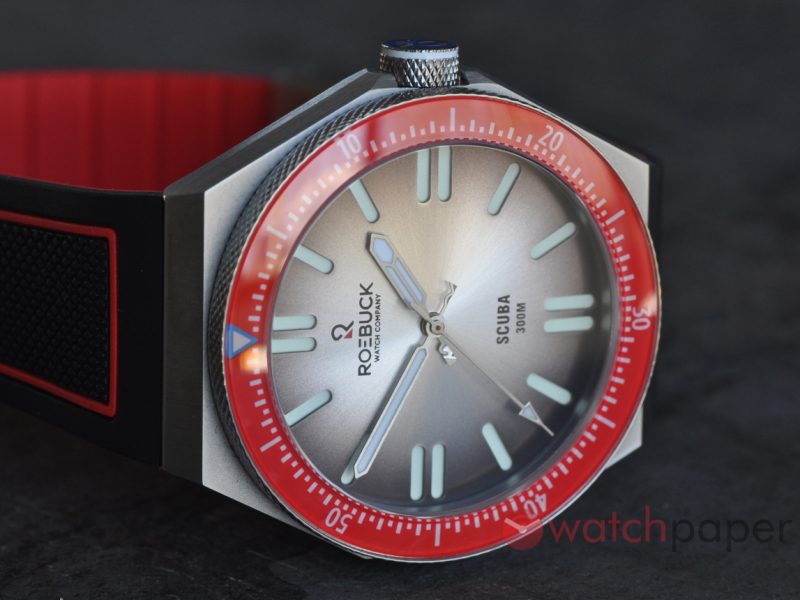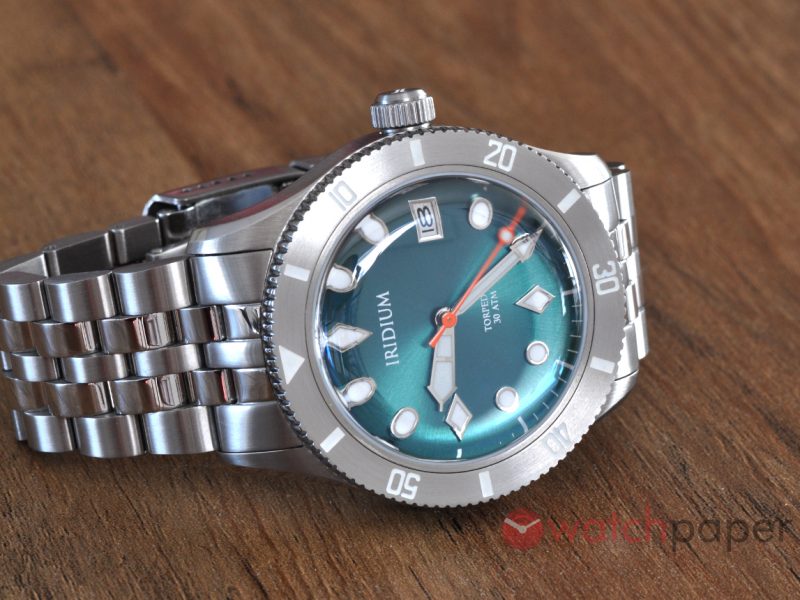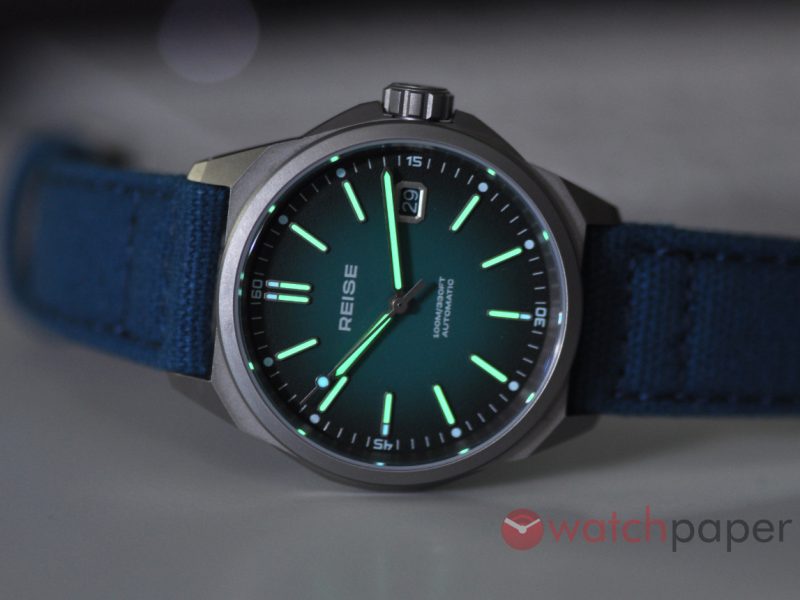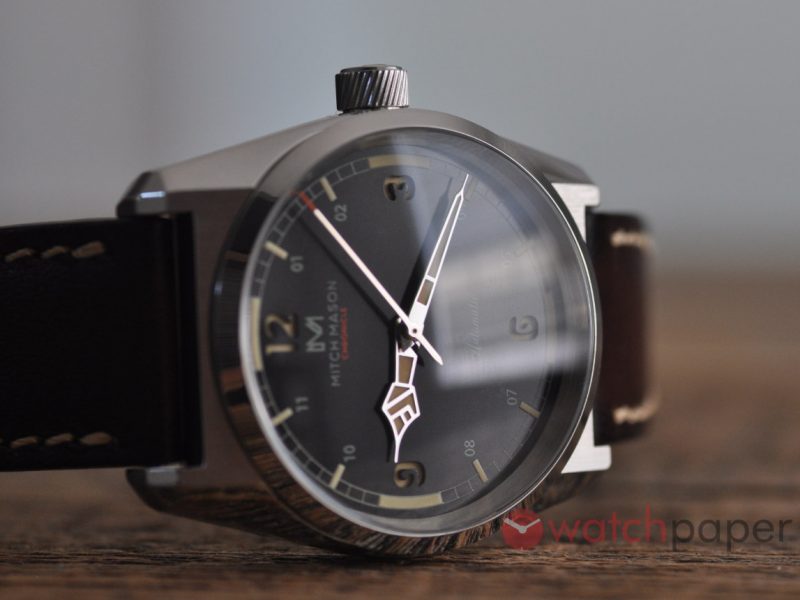How to properly crowdfund a watch project
Often, people send emails from all over the world, asking me to write about their upcoming crowdfunding campaigns. They have designed a watch, some of them even went as far as making a prototype, the campaign is about to start and they would like to spread the word.
Sometimes, what I see, is so sad that I have a hard time answering back. I know their project will fail, before they would even start their campaign and I’m surprised that they commit so many easily avoidable mistakes.
Here are a few tips that I’m tired to repeat over and over again. If you send me an email and I’m answering back with a link to this story, you should know that you’re doing something wrong.
The design
I just mentioned easy mistakes, well, this is actually the hardest aspect to get right. You just designed a fantastic watch, it’s the best looking watch ever designed, it is out of this world, everything is perfect and you’re going to kick the but of those arrogant Swiss brands!
OK, let’s get realistic, this is just your opinion; only because you like it, it doesn’t means that others will think the same way. Remember, design is not about creating something for you — that is called art — when you DESIGN, you should think of others, those that will use your product.
Who are these people? Who is your target? Are they young hipsters, or maybe middle aged men dreaming about adventure? Are they professionals or what you’re doing is targeted at geeks?
Now, that this is clear, once you have the watch sketched out, go and show it to your target audience. Ask for their opinion, honest, brutal opinion. You’ll have a lot to gain, because you will know what works and what doesn’t. In the same time, they will feel involved and empowered by giving you their feedback; who knows, they might even become actual backers of your project.
If the watch looks boring, there is nothing that would stands out, something to hold on to and to talk about, don’t expect it to make a blast, it won’t. There is no way people would prepay a watch that looks like any other junk you might find at Winners.
Minimalism is a difficult line to walk, probably the hardest, that’s why when it is done right it an instant and timeless success. It’s very easy to make something minimalist, that turns out boring. Bauhaus and Japanese Zen art are masters of this, they know how to keep the balance between simplicity and tension.
Look at Rossling’s pieces, it’s a clean design, but it’s not boring. The blue hands, their size, the round date window, the way “Self Winding” is printed on the dial, the size of the logo compared to the proportion of the dial, the indexes, etc., they all come together in a nice way. Plus, Rossling’s attention went beyoud the dial and the case, extending to the strap too. It’s not just another leather strap, or an awful looking cheap bracelet, they are offering an awesome looking sued strap, plus a leather strap.
If the feedback are discouraging, don’t worry, you might be an awesome entrepreneur, you’re just not a good designer. This is not the end of the world. Find a designer, pay him, make a deal or partner with him and start your project with the right foot.
The brand
If your intention is to make some quick money and forget about it, than try something else. When people sense that this is just a money making scheme, they will back away.
You’re about to lay down the foundation for a new brand, a microbrand. Just because it is a small brand, you should reassure people, that you’re in this for the long run. This is not your last project, you’re working hard to spread brand awareness and if something goes wrong, you will be always available to assist them.
Have a good name and have a story. When choosing the name, it’s a bit the same as with the design, you’ll need to know who you’re targeting. The story has to be interesting, memorable, have a celebrity backing you, but don’t expect that the brand name or the story will compensate for a poor design, it won’t.
Edgard managed to sign up Willam Shatner to give his name, the project was a huge success, raising 909% of the initial goal. But Captain Kirk, did not backed a dull looking watch, the design was there to sustain the whole project.
Closing that sale
Now that the stars start to align, you have a good looking watch, a catchy name and the Klingonians are backing you, it’s time to think about money.
Often I see project with all the good ingredients to succeed and then they blow it by setting a ridiculous goal or by asking an arm and a leg for their watch.
It’s important evaluate where you are in building your brand. Is this your first project? You might want to be more frugal. Is this your second or third? If they were successful, you’re doing good, you don’t need this article, you better check out some cool looking watches.
To better understand this, let say you’re shopping for a smart phone, you go to the store and you have the latest iPhone and next to it a brand you never heard about, let say Banana. They are both priced the same, or maybe the Banana is 20% less. Which one would you chose?
I don’t know about you, but I would go with the iPhone, not because I’m an Apple fan boy, but because I trust the brand. I know, it’s build in China, and maybe the Banana was built in Switzerland, I don’t care. Apple has a history of successful products and good customer service, Banana is a brand, I never heard of.
Now, let say the Banana is 60% less, it looks good, seems to be quite snappy and it offers twice as much warranty than Apple. What do I have to lose? I told you, I’m not a fan boy, in this case, I will give Banana a try.
The same way, when you set the goal of your first project, keep in mind that you’re a new comer to a crowded place. Be humble, you’re a nobody. You goal here is not to make profit, you’re here to spread the word and build your brand. Think of your first project as an investment in marketing. You’re better off setting your goal low and attaining it, than setting it too high and failing to raise the money necessary to advance your project and your brand.
Don’t worry, you will make profit down the road, when your brand has already proven itself and people trust it.
An example, I usually give to people, is the case of Lew & Huey Watches. Their first project, was the Riccardo, a decent automatic chronograph, really good looking for a debut piece. He raised $10,781, still the project got sunk by the goal that was set at $40k, way too high for a first project.
Chris Vail, the guy behind L&H, learned the lesson and he came back with the same project, but this time the goal was set to $10k. Guess what? He raised $42,699, the same amount he wanted to raise the first time.
As you approach the end of the funding period, people look at the percentage of funding you managed to raise, if you’re far from attaining your goal, it’s too much risk and they won’t put their money into a sinking ship. If the green bar shows that you surpassed your goal, that reassures people that the project will happen and they will be more likely to reserve a watch.
The same caution has to be remembered when setting the price of the perks. Of course, the price is influenced by your future expenses. If you want to play it safe, try to cut unnecessary expenses. You don’t need to make your debut with a tourbillon or a perpetual calendar, you can have your foot trough the door with a simple watch with a basic date functionality. The Miyota 9015 is the darling movement of many microbrands, it’s affordable and reliable, if you really want to go more exotic, you might consider a day-date movement or a chronograph.
Your online presence
There are tons of articles out there about how to build a successful crowdfunding page, about the video, the perks, timelines, etc.
One thing, I would emphasize, the importance of the video and the photos. Invest in hiring a professional photographer or videographer do this part of the job. Making a prototype is not cheap, why diminish the value of your investment by taking poor pictures of the end result.
Many brands can pull it off with a good 3D rendering, bypassing the expenses of making a prototype. If you’re confident enough that you have good 3D images, than you might skip spending money on a prototype before the project is funded, but it can be a bit risky. A working prototype is another prof that you’re serious about what you’re doing and you were ready to invest your own money into this project.
Contacting blogs, such as our is a good idea, have a link ready from where I can download high resolution images. Not a 400Mb zip, I won’t waste my time and bandwidth with such a ridiculous file, but a Dropbox album from where I can select a couple of pictures to drive some traffic to your page.
Watch forums are another good place to make yourself known and your best bet is to make yourself known as a person who likes watches and knows watches. Contribute regularly in a constructive way and when the time comes to launch your project, ask the owner of the forum about the rules, you don’t want to be flagged as a spammer. I’m sure they will be happy to give you a hand in promoting your campaign.
Have a website, but don’t overspend with it. There are many affordable e-commerce solutions, you don’t need to build Amazon from scratch.
Have a Facebook page, Twitter, Youtube, Instagram, LinkedIn and any other platform where you can reach your target audience.
Instead of conclusions
The list of tips on how to make it happen with crowdfunding can go forever. I never did a crowdfunding project, what I wrote here is purely from the perspective of an outside observer. What I can tell you, is that this is not a joy ride, everyone who went down this road, tells me that it’s a lot of work and it won’t make you rich. If they do it, it is because they love what they do, they love watches, they enjoy being in contact with their clients and they are passionate about creating something from nothing.
If you have anything to add, or to ask a question, please leave a comment.
Good luck with your project!


